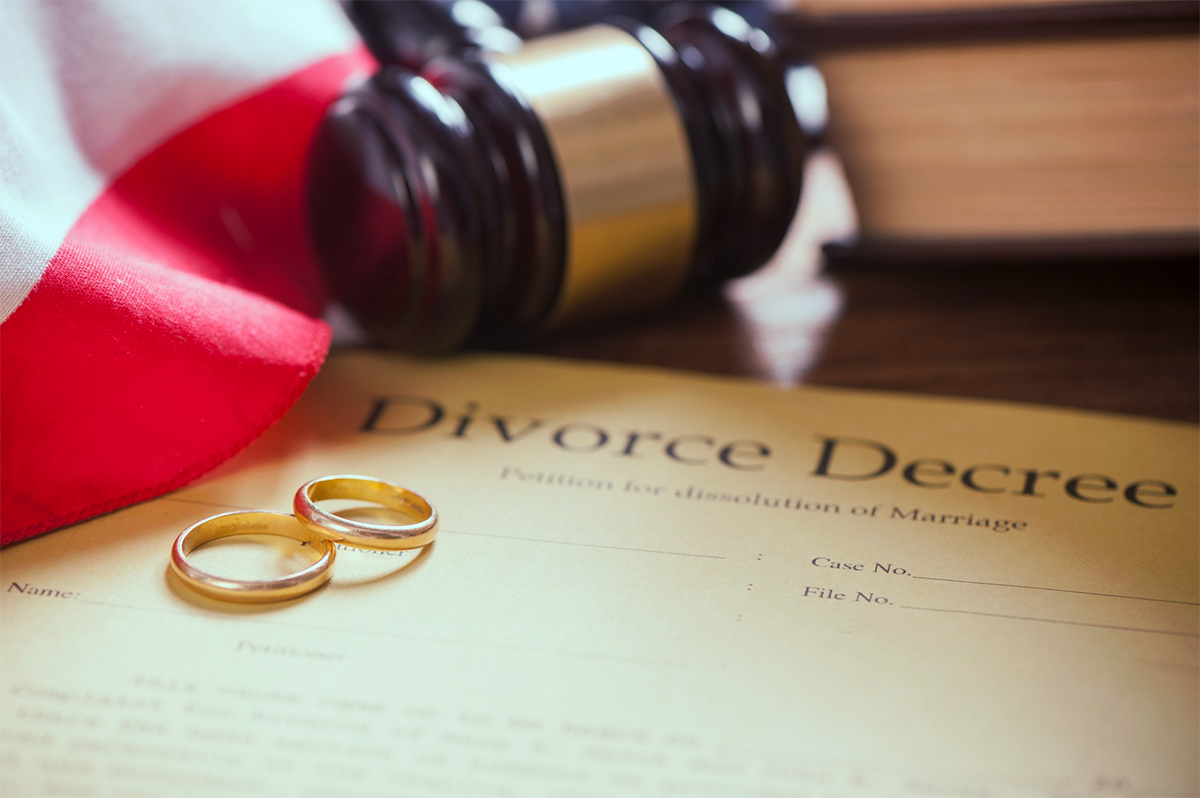Top 5 Reasons Husbands Initiate Divorce
USA Teenage Divorce Statistics
5 Signs of Financial Abuse in Marriage
Creating the Perfect Parenting Plan
Are People Happier After Divorce?

Filing for divorce in Florida involves several steps. The necessary documents include a petition for dissolution of marriage, a financial affidavit, and a summons.
The filing fees vary by county, and they typically range from $200 to $400. After filing, the opposing party must be served with the divorce papers, either through certified mail or by a process server.
A case management conference is a scheduled meeting between the parties and the court to discuss the status of the case and to set deadlines for the exchange of financial information and other required documents.
After a divorce is finalized, revision of estate planning documents, such as wills ensures that proper heirs and caregivers for children are designated. This helps to avoid any potential conflicts and ensures that the individual’s wishes are legally recognized.
In Florida, the dissolution of marriage is handled through the court system, and some specific requirements and procedures must be followed. Having a basic understanding of the grounds for divorce in Florida and the timeline for the proceedings can help individuals navigate this challenging time with more clarity and confidence.
In Florida, to file for divorce, at least one spouse must have been a state resident for at least six months. This residency requirement must be met before the divorce petition can be filed. To prove residency, one must provide evidence such as a:

Florida recognizes both “no-fault” and “fault” grounds for divorce. The common grounds for divorce in Florida include, but are not limited to:
To file for divorce in Florida, the petition must be filed with the clerk of the circuit court in the county where either spouse resides.
The filing spouse must then serve the non-filing spouse with the divorce papers. If the divorce is uncontested, the parties may be able to proceed by filing a joint petition.
Regular dissolution is a standard procedure that involves the filing of a petition for dissolution, the right to trial, and the ability to appeal. Both parties must agree on property division and financial support, and no residency requirements exist. Minor children may also be involved, in that case, the court will need to determine:
On the other hand, a simplified dissolution is a quicker and easier process available to couples who meet specific eligibility requirements. Both parties must agree that the marriage is irretrievably broken and not have any minor children.
There are living requirements, such as living separately for a certain period. Property division must be agreed upon, and both parties must complete and sign the necessary forms.
Divorce is a challenging process that involves navigating through legal complexities, emotional turmoil, and financial implications. In Florida, the legal process of divorce follows specific guidelines and requirements to ensure a fair and equitable resolution for both parties.
From filing the petition to reaching a settlement or going to trial, the legal process of divorce in Florida involves various steps and considerations that must be carefully addressed. Understanding the key aspects of the legal process can help individuals approach their divorce with clarity and confidence, ultimately leading to a smoother and more efficient resolution.
In Florida, the process of serving divorce papers to your spouse involves hiring a sheriff or process server to deliver the documents in person. [1] According to Florida law, the spouse must be served with the divorce papers within a specific timeframe to ensure legal notice. Once the papers have been served, the spouse has 20 days to respond to the petition for divorce.
If the spouse cannot be served in person, an alternative option is to serve the papers through registered mail. This method requires the sender to request a return receipt, providing evidence that the documents were delivered to the recipient.
If the spouse accepts the registered mail, they are considered served, and the 20-day deadline for response still applies.

When responding to a divorce petition, it is important to file a response with the court that includes any agreements or disputes, as well as all relevant financial and family information. This includes completing and filing necessary forms such as the:
Going through a divorce is a challenging and emotional process, Remember to prioritize self-care and seek support from loved ones or professionals to help navigate this difficult time. While the legal process of getting a divorce in Florida may be complex, help is available.
If you are facing a divorce, contact Sacks & Sacks for dedicated legal representation.
[1] Crail, C. (2023, May 10). How To File For Divorce In Florida (2024 Guide). Forbes Advisor. https://www.forbes.com/advisor/legal/divorce/florida-divorce/
Sacks & Sacks Law — 2025 All Right Reserved